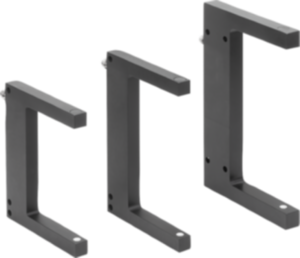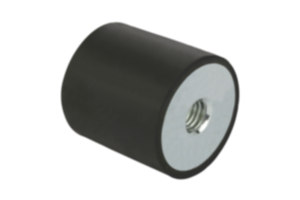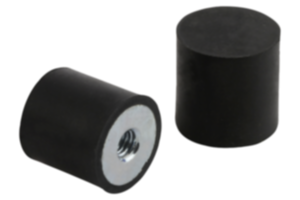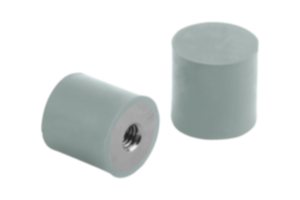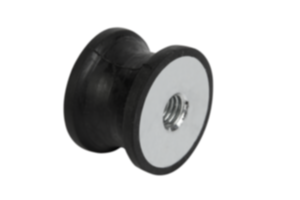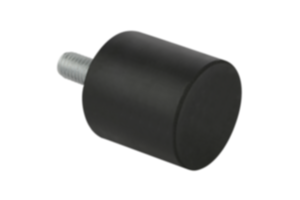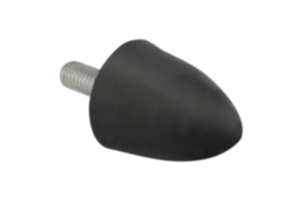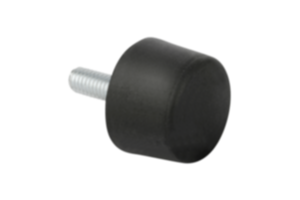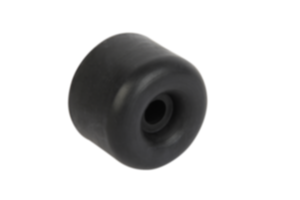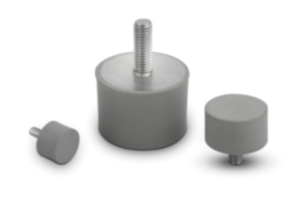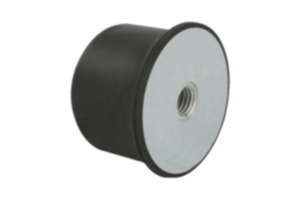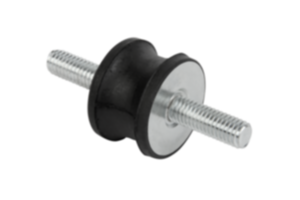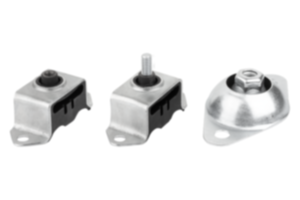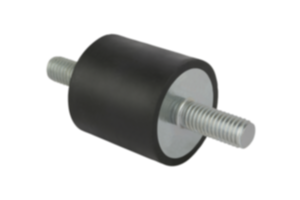side clamp
Precise, reliable, indispensable - side clamps from norelem
What are side clamps?
Where side clamps shine - advantages and areas of application
Diversity in the norelem range
Side clamps from norelem
Precise, reliable, indispensable - side clamps from norelem
Side clamps are clamping elements and play a decisive role in mechanical engineering in particular. The main task of these clamping elements is to hold workpieces securely and precisely during machining. This is particularly important to ensure the quality and accuracy of the manufactured parts. Most side clamps are designed in such a way that they not only press the workpiece against a supporting surface, but simultaneously draw it downwards. This double clamping effect ensures stable positioning and prevents the workpiece from shifting or lifting during machining.
The uses for side clamps are diverse and range from milling and drilling to welding and assembly processes. These clamping elements can be found in machine construction and machining, in the automotive industry, and also in metal and wood processing. In modern production technology, the clamps enable greater efficiency as they enable quick and easy clamping processes. Side clamps help to reduce rejects and reworking times, as the workpieces are clamped precisely and securely.
Technically speaking, side clamps are made from robust materials such as hardened steel in order to withstand the high forces and loads during machining. They are available in various sizes and designs to suit specific requirements and areas of application. They are usually operated manually using a adjustable handle or automatically in conjunction with CNC machines, which facilitates integration into modern production lines.
What are side clamps?
The name of side clamps is derived from the specific way the clamping force is exert. Side clamps hold the workpiece from the side. Many of the also exert a downwards force pushing the workpiece against a seating ledge or the machine table. The double clamping effect, a vertical component that presses the workpiece downwards and a horizontal component that pushes it against a fixed stop surface, ensures particularly stable and precise clamping.
A typical side clamp consists of several essential components:
- The jaws (sometimes swivel jaws are fitted) grip the workpiece and draw it downwards as the clamp is tightened.
- The spindle in these clamps is threaded and it this thread that generates the clamping force.
- The clamping fixtures have a baseplate. This is mounted and secured onto a machine table or other work surface.
- By rotating the spindle, the jaw is pressed onto the workpiece which in turn is pressed onto the opposing face. The workpiece is also drawn down and these combined forces fixate the workpiece.
The operating principle of a side clamp is based on this precise mechanism. When the spindle is rotated, it exerts pressure on the jaws, which grip the workpiece and simultaneously draw it downwards. This movement ensures that the workpiece rests firmly on the work surface and is pressed against the face of a fixed stop. This prevents the workpiece from shifting or rising during machining, which is crucial for the precision and quality of the machining process.
The clamps are available in various designs to meet different industrial requirements. The main types include mechanical, pneumatic and hydraulic side clamps.
Mechanical side clamps
Mechanical side clamps are characterized by their easy handling and robust construction. They usually operate via lever or screw mechanisms that are operated manually. This type of clamp is particularly popular in smaller workshops and for applications where flexibility and quick adjustment are important. Their reliability and durability make them a cost-effective solution for many standard clamping tasks. Mechanical side clamps are the most common and frequently used.
Pneumatic side clamps
Pneumatic side clamps are operated using compressed air. They offer the advantage of a quick and even clamping force that can be easily controlled and adjusted. Pneumatic clamps are ideal for applications that require high repeat accuracy and rapid clamping cycles, such as in mass production. They enable an automated and efficient clamping fixture that can be seamlessly integrated into modern production lines.
Hydraulic side clamps
Hydraulic side clamps on the other hand, work with pressure generated by a fluid and are known for their high clamping force and precision. They are often used in heavy industries and when processing large or particularly hard workpieces, as they ensure extremely stable clamping. Hydraulic systems are particularly advantageous when high clamping forces and an even distribution of force on the workpiece are required. Operation can be manual or automated, with hydraulic clamps often being used together with CNC machines.
Where side clamps shine - advantages and areas of application
Side clamps shine in a wide range of industrial applications through their ability to clamp workpieces securely and precisely. A key advantage is the simultanious clamping and drawing down movement that enables a stable positioning of the workpiece. This double clamping effect prevents the workpiece from moving or lifting during machining, resulting in higher machining quality and accuracy. In machining technology, side clamps are particularly valued, as they not only increase precision but also increase efficiency. Their robust design and ability to withstand high forces make them ideal for use in metalworking applications such as milling and drilling.
Another advantage of side clamps is their versatility. They are used in various industries, from the automotive and aviation industries to general mechanical engineering applications. In the automotive industry, for example, they enable precise and secure clamping of components during machining and assembly, which improves the quality of the end products. In the aerospace industry, where maximum precision and safety are required, side clamps ensure the precise machining of components that are often made from high-quality materials that are difficult to machine.
In addition, side clamps can accelerate the production process. The simple handling and the ability for rapid adaption and repeat clamping operations leads to reductions in setup times. This is particularly advantageous in production lines where time and efficiency are crucial. They also help to reduce rejects and reworking times as the workpieces are held firmly and stably, minimising errors and inaccuracies.
Diversity in the norelem range
In addition to the various types of side clamps, this norelem product category also includes other products. These products are also clamping and positioning solutions. We will now briefly describe the individual operating.
A stop serves as a fixed reference point to which workpieces can be aligned to ensure precise machining.
Flat clamps are flat clamping fixtures that are used in particularly confined spaces and enable reliable clamping of the workpiece.
Fixed jaws stabilize the workpiece from the opposite side during the clamping process and ensure an even distribution of the clamping forces.
Draw-down fixed jaws combine the function of a side clamp with additional stabilisation and draw-down clamping force to hold the workpiece even more securely.
Standard side clamps clamp workpieces from the side and are particularly useful when the top of the workpiece must remain freely accessible.
Robust side clamps offer increased stability and are ideal for clamping large and heavy workpieces.
T-slot clamps are mounted in the T-slots of machine tables and enable flexible and secure clamping of workpieces.
Low-profile clamps clamp the workpiece low down and offer a particularly stable clamping for demanding machining tasks.
Toe clamps combine the properties of low-profile clamps and side clamps to both hold and draw down the workpiece.
Rack plates serve as a stable base on which the various toe clamps can be mounted and offer a flexible and modular solution for workpiece clamping.
Hold-down clamps press the workpiece onto the support surface from above, preventing it from lifting during machining.
Side clamps from norelem
norelem offers a wide range of side clamps that are impressive through their versatility. Our clamping elements enable precise positioning of workpieces during the machining process, which significantly improves the quality and efficiency of machining. The versatility of norelem's side clamps is demonstrated by their ability to be used for a wide range of applications. The well thought-out design enables easy adaptation to different workpiece sizes and shapes, which means they can be used in many branches of industry. norelem attaches great importance to the robust design of the clamps. Side clamps are designed to guarantee a long service life even under demanding operating conditions. Convince yourself of the impeccable quality of our products!
